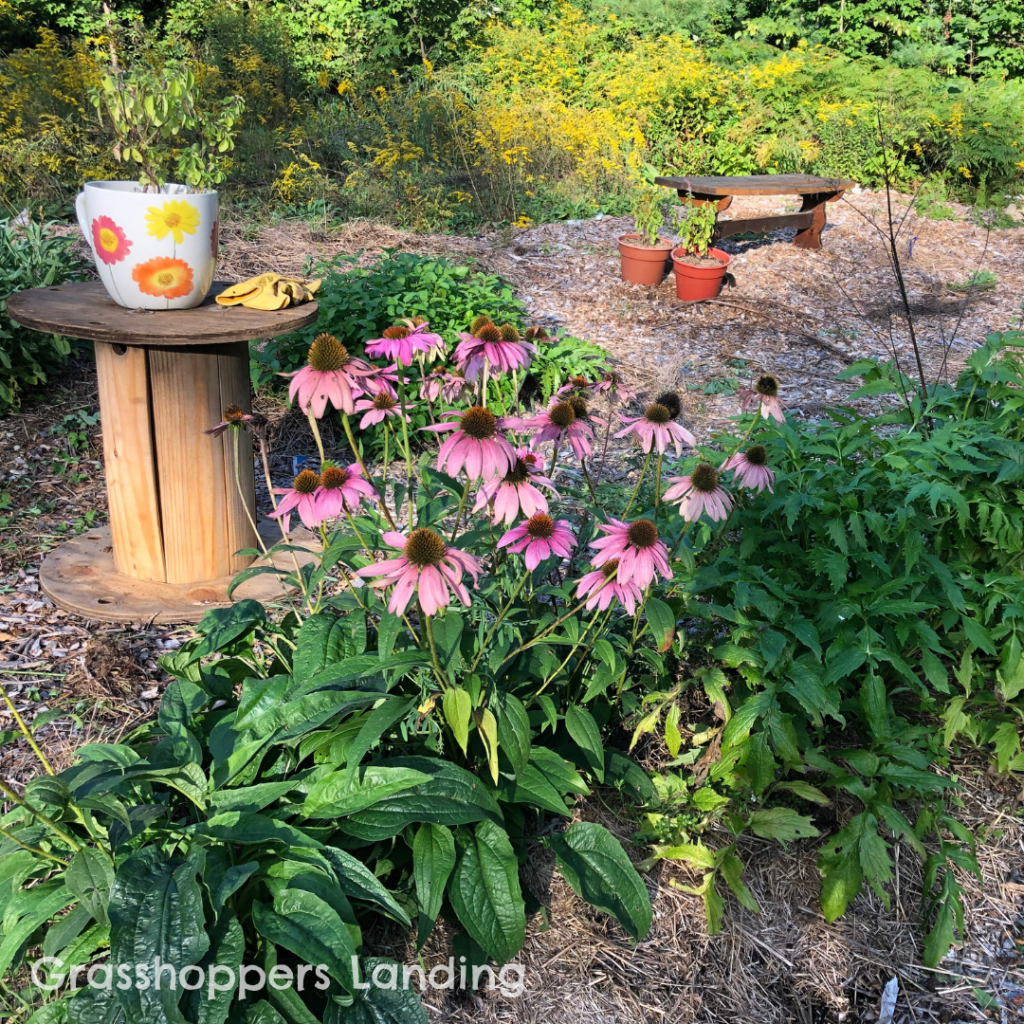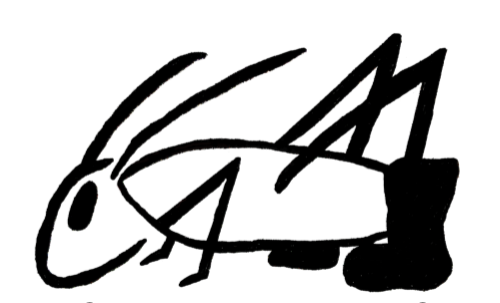The Vision:
Healthy habitats for all.
The Mission:
To foster stewardship of diverse & thriving ecosystems, ecological literacy, and creative & holistic solutions.
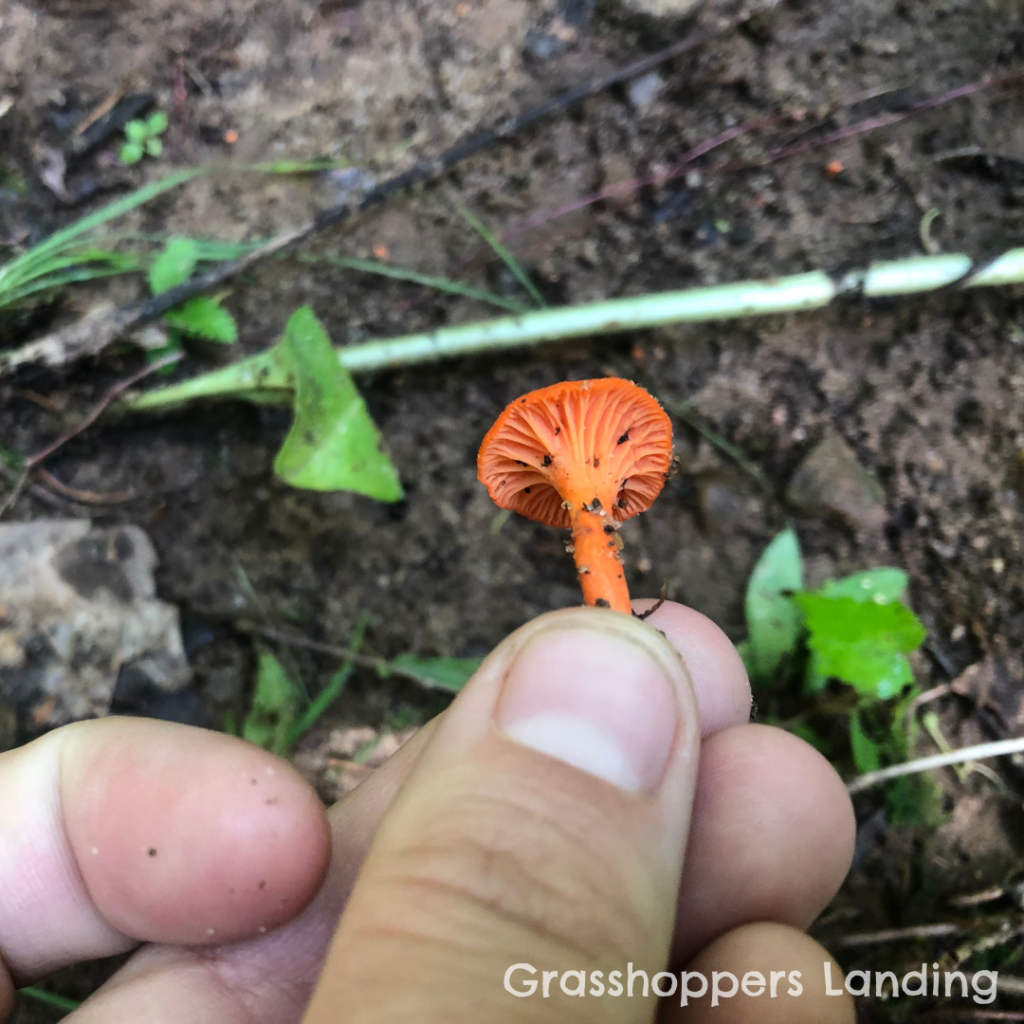
The Name:
The name Grasshoppers Landing was inspired by a 67.5-acre piece of land located on ancestral Pennacook and Abenaki lands on the part of the world now also known as central New Hampshire. This land and the resilient creatures who thrive upon it inspired and provided a safe-haven for the founder of Grasshoppers Landing, Stephanie aka Sunny. The ever-changing seasons, hoots of the owls, and clicks of the katydids provide a constant tapestry of wonder and new lessons.
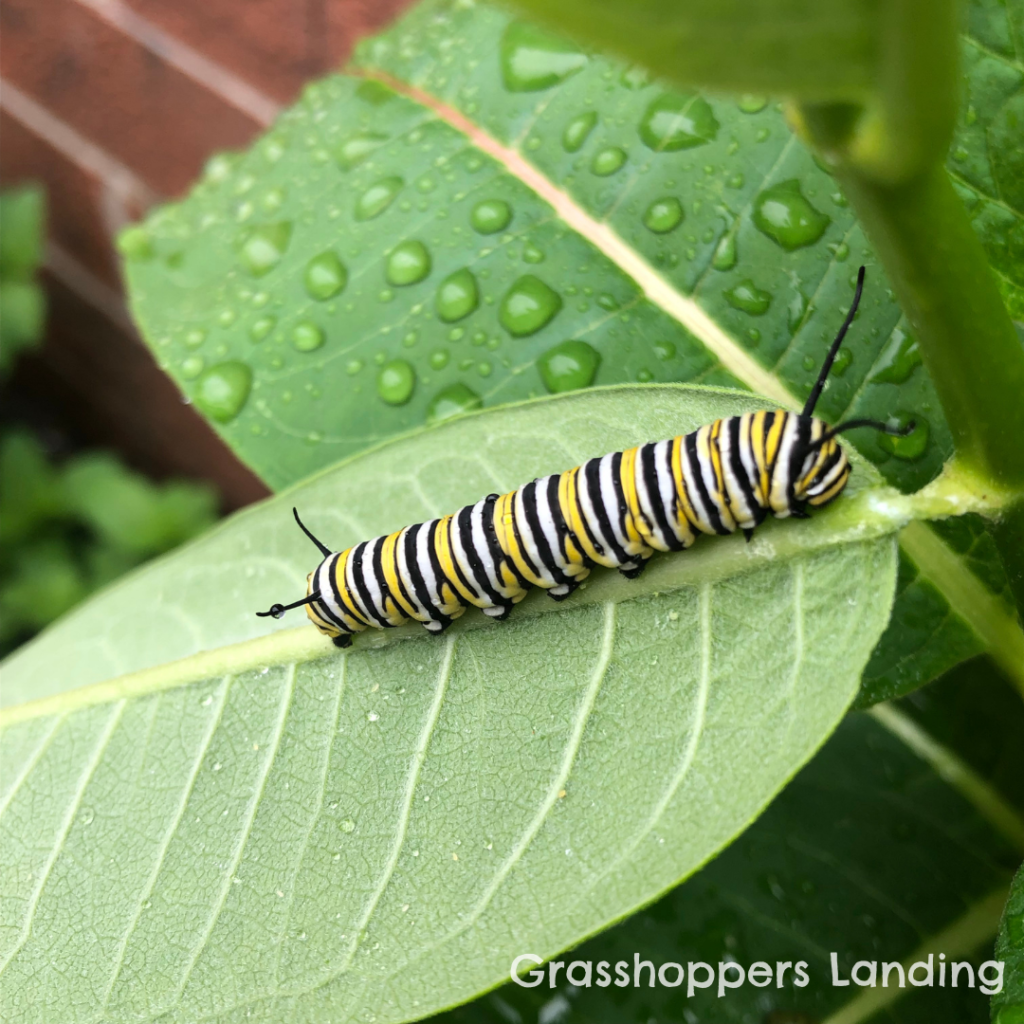
The Story:
One day in August of 2019, Sunny was walking up a hill from the garden and with each step she took, dozens of grasshoppers were hopping and landing by her sides. It was then that the name of the land, Grasshoppers Landing, was known.
At the beginning of a global pandemic, in April 2020, Sunny felt moved to start a business to aid her in teaching about the Earth’s critters and ecosystems as she saw them. Because the land she called home had been such an inspiration for her, she new it would be a fitting name for her little business. Thus Grasshoppers Landing LLC was formed!
The majority of the 67.5 acres are regenerating forests – eastern hemlocks, great white pines, birches, maples, and young oaks – providing habitat to bobcats, moose, whip-or-wills, deer, turtles, snowshoe hare, (lots of!) wild turkeys, foxes, coyotes, eagles, snakes, hawks, native pollinators, colorful beetles, and many many other types of non-human friends – the hoofed, webbed, clawed, and the winged. There are tasty wild native foods such as mushrooms, roots, and berries and rich soils abound!
A forest garden is planted in “the old logging yard” (read more about the recent land use history below!) that attracts and feeds lots of critters, including people. In the forest garden you encounter native hazelnut, elderberry, beach plum, and witch hazel shrubs, lots of flowers and medicinal herbs for pollinators, wild and cultivated strawberries, jostaberry, honeyberry, blueberry, and seaberry bushes, bearers of yummy native perennial roots such as the groundnut and sunchoke – and much more! The forest garden is a system of plants that work together in collaboration to care for each other by sharing and producing nutrients, keeping the rich soils from blowing away, providing shade for each other from the summer sun, and by hosting helpful beneficial insects and amphibians. The forest garden is its own active ecosystem with lots of goodies to share!
While Grasshoppers Landing the organization intends to reach people far and wide and this intention finds Sunny traveling to visit all sorts of habitats and critters far and wide, Grasshoppers Landing the Regenerative Farm and Forest will continue to provide habitat, food, medicine, ecological services, and much more right where it is!
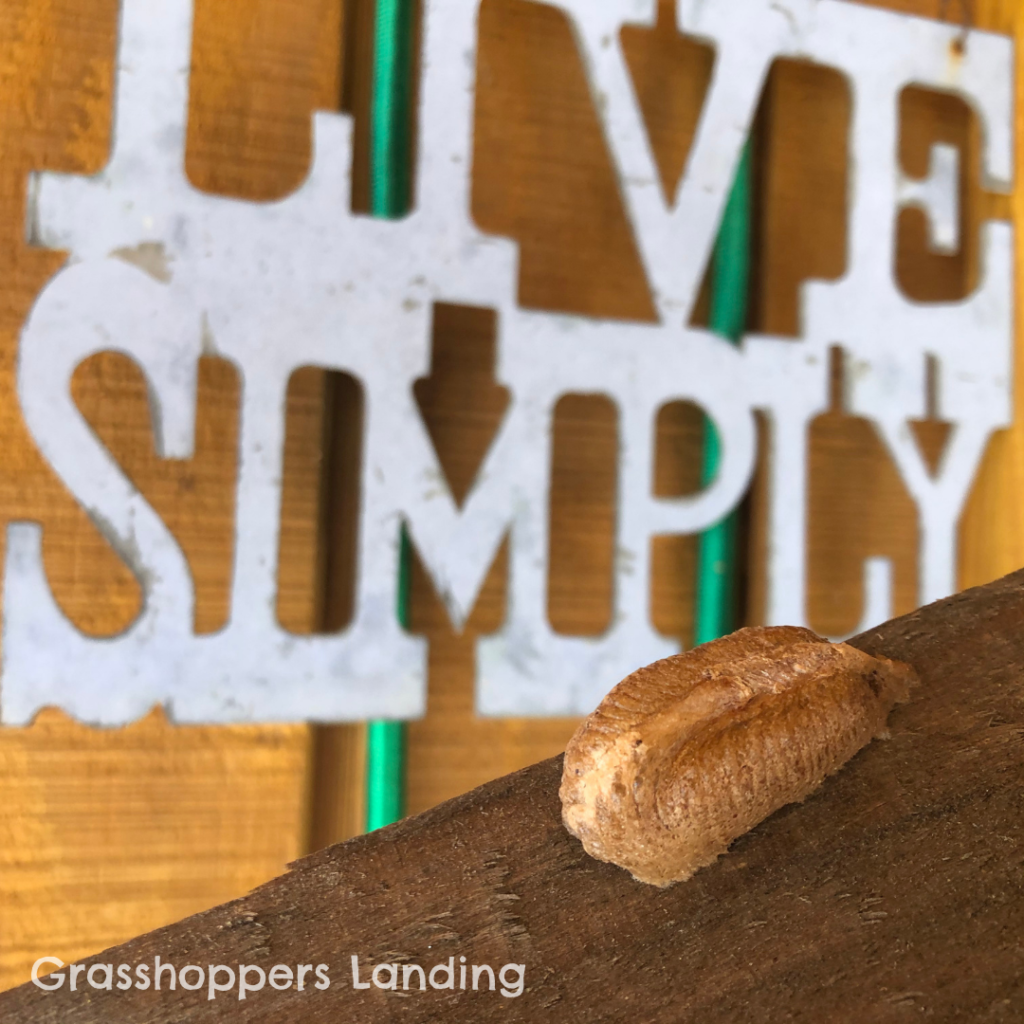
The Land – Recent Land Use History of Grasshoppers Landing Regenerative Farm and Forest
We have so much to learn about the natural and human history of the land! But while we still have a lot to learn, there are some things we know about the last 200 years of natural resource extraction at Grasshoppers Landing Regenerative Farm and Forest.
Some time between 1810-1840 all of the trees were cut down and stones from what became fields were used to build walls all around the border of the property. These walls helped to keep sheep who were grazing in the new fields from escaping. You can see the remains of the stone walls lining the forests. When colonizers built roads and trails over streams, they would sometimes use stones to create culverts for the water to flow under the paths. There is still a stone culvert in action today at Grasshoppers Landing!
Following a long period of livestock grazing, the forest grew back for a while – probably somewhere between 100 and 180 years. Some time during that period a miner built a cabin and spent their days mining a large hole that can be seen on the land. We still do not know for sure what was mined there, but we think it may have been mica. Mica is a beautiful mineral that is found all over region and was once used for insulation for buildings among many other things.
Some time in the 1980’s or early 1990’s a team of loggers filled in the foundation to the old miner’s house and clear cut most of the trees, except for a few large white pine and sugar maple trees that were growing on steep slopes. They were not very good stewards to the forest and they left a lot of trash behind. There was less known about sustainable forest management at the time and the land was left with a lot of habitat destruction. About 20 years later the land was logged once again, but this time the logging team did a little bit better of a job than those who came decades earlier. Still, the forest that is regenerating can use a bit of patience, observation, and stewardship to restore the habitat value and ecological services that it is capable of. This is where Sunny comes in – even if she is not always living on Grasshoppers Landing, she acts as a steward and guardian to the forest. Her objectives for the land include: continuing to learn from the land and the creatures; sharing her knowledge with others; doing everything in her power to ensure the forest continues to regenerate while providing habitat and ecological services that expand into surrounding areas.
